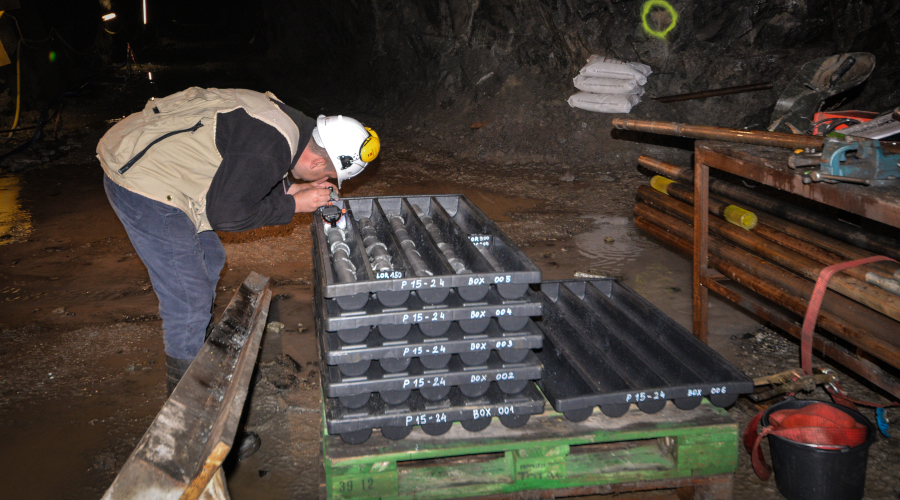The Wolfsberg underground mine is located in Austria and is one of the biggest occurrences of Li-pegmatites in the Eastern Alps. This is one of the project’s test sites. (Image courtesy of Greenpeg).
A project put together by 13 institutions from five EU member states, the UK and Norway was awarded €8.3 million in funding to work on improving access to, and quality of, geological and geophysical data to stimulate investors to explore Europe for clean energy metals and minerals.
The project is called Greenpeg and it has developed two toolsets for the exploration of buried LCT and NYF pegmatites. These toolsets include three new instrumental techniques and devices, namely, a piezoelectric sensor, a helicopter-complementary nose stinger magnetometer, and a drone-borne hyperspectral imaging system.
Original Text (This is the original text for your reference.)
The Wolfsberg underground mine is located in Austria and is one of the biggest occurrences of Li-pegmatites in the Eastern Alps. This is one of the project’s test sites. (Image courtesy of Greenpeg).
A project put together by 13 institutions from five EU member states, the UK and Norway was awarded €8.3 million in funding to work on improving access to, and quality of, geological and geophysical data to stimulate investors to explore Europe for clean energy metals and minerals.
The project is called Greenpeg and it has developed two toolsets for the exploration of buried LCT and NYF pegmatites. These toolsets include three new instrumental techniques and devices, namely, a piezoelectric sensor, a helicopter-complementary nose stinger magnetometer, and a drone-borne hyperspectral imaging system.









 User Center
User Center My Training Class
My Training Class Feedback
Feedback












Comments
Something to say?
Log in or Sign up for free